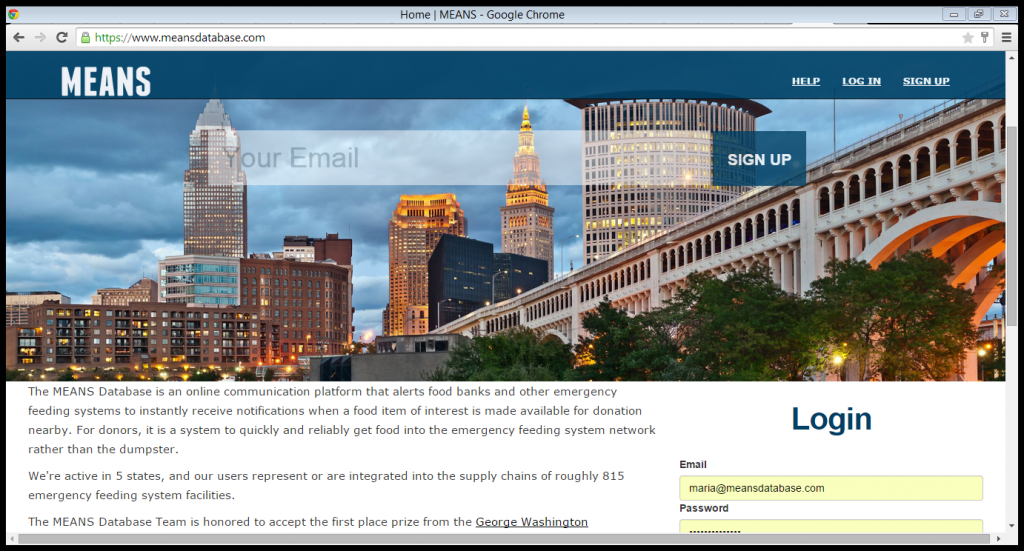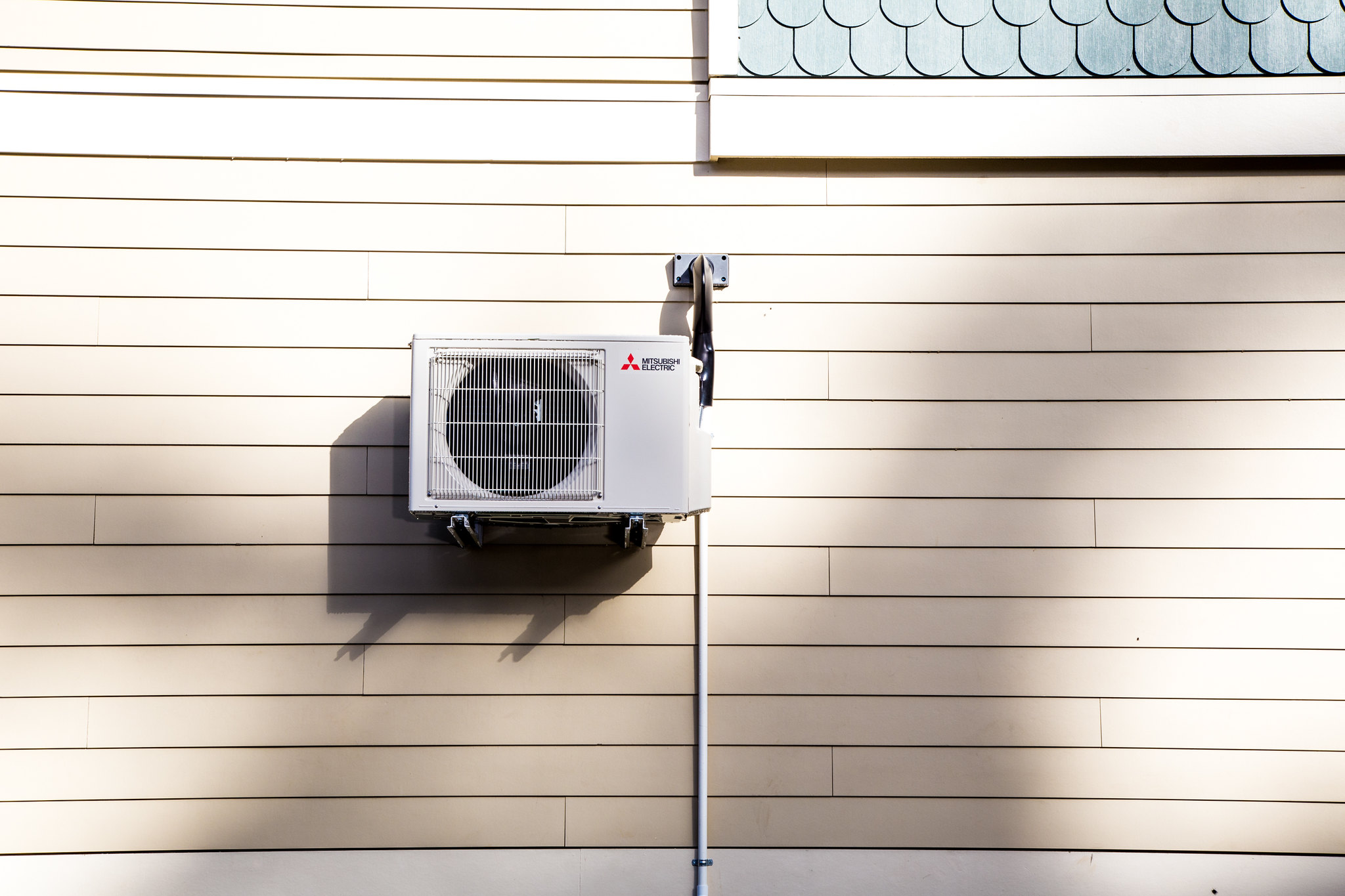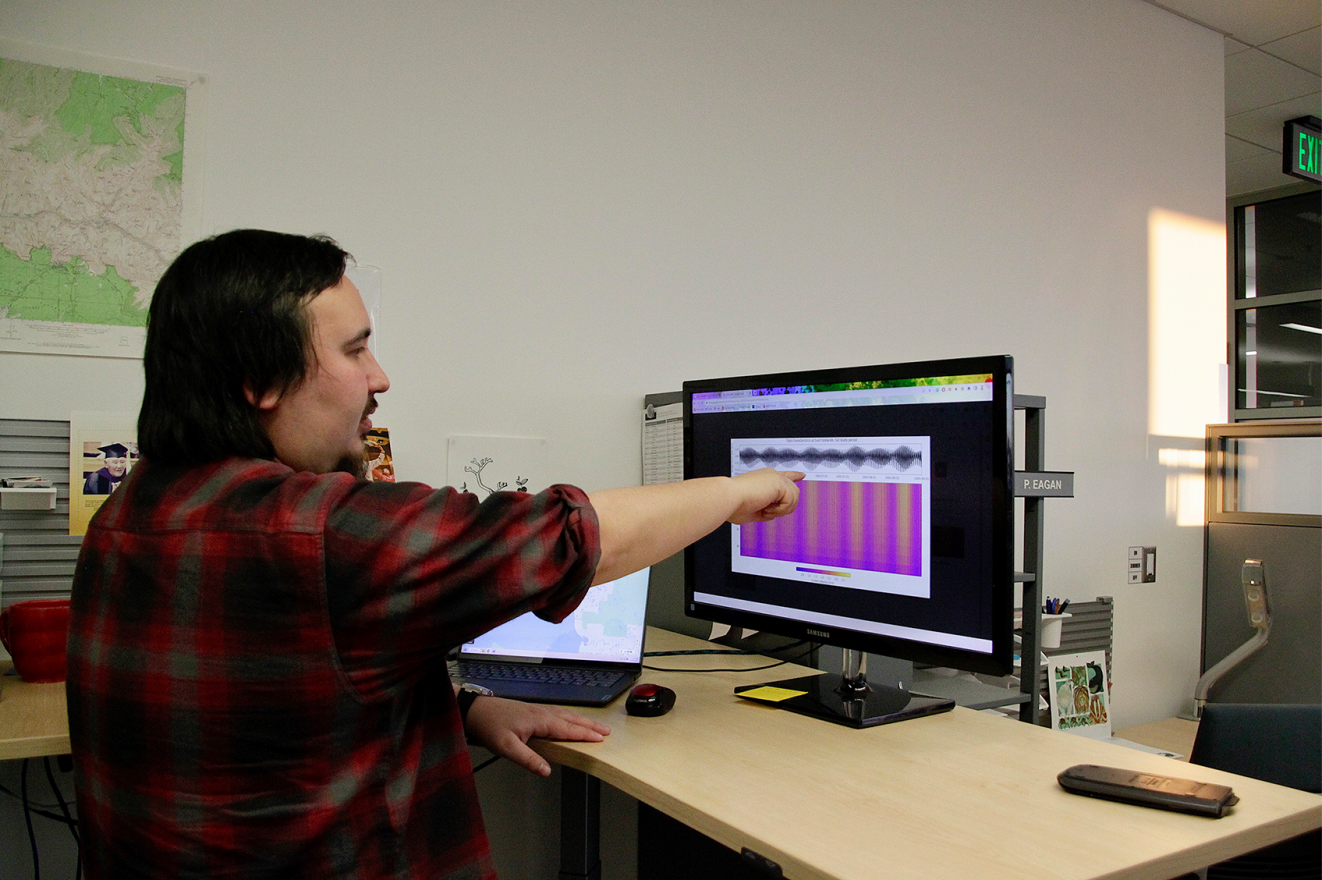
Food + Innovation = Progress

The ongoing existence of food insecurity coupled with the emerging threat of climate change demands better use of existing food resources. As agricultural production grows more difficult in environments challenged by shifting temperature and weather patterns, we must begin to utilize a great percentage of the food we already grow. As much as one third of the food we produce worldwide goes to waste[1]. How can we do better?
Food waste is a massive problem globally, as reflected by the existence of initiatives like the UN’s Zero Hunger Challenge, which includes a Zero Waste goal complete with extensive resources and research. The earth’s most developed nations may be its biggest food waste offenders: the United States wastes 10% more of its food supply than the global average, with a whopping 40% of food resources going unused and overflowing already-at-capacity landfills[2].
For many Americans, the answer seems obvious: donate excess to emergency feeding systems like food banks or soup kitchens. However, getting extra food to hungry people is not always as simple as it sounds. Even when food banks get donations, they may have a hard time using them. Donors tend to give these agencies large volumes of food nearing expiration, like a grocery store giving a food bank 400 jars of peanut butter before its consume-by date in two weeks. Food banks can’t give their clients expired food, so unless that particular agency is among the largest and can distribute that much peanut butter in a two week period, many of those jars are still going to end up in a trash can. This problem cost emergency feeding systems an estimated $648 million in product last year[3]. That’s more than half a billion dollars’ worth of food that made it to food banks but not to hungry people. What gives?
The just-in-time donation model dominating food banks means these agencies are always racing the clock, and the clock usually wins. When groups only have a matter of weeks or days to move huge amounts of food, they will sometimes offer up the extras to other food banks in neighboring communities. The myriad issues involved with contacting and keeping track of those other food banks reveals the critical failure of the status quo, along with the opportunity for impact. There are more than 60,000 emergency feeding systems in the US, and almost none of them can effectively communicate[4]. Phone calls and emails create opposite issues when dealing with extra food. Calling another agency assumes correct contact information, that someone will be at the agency to answer, and that you have the time to call dozens of other food banks, one at a time, and play the resulting game of phone tag for days on end. Emailing a list of hundreds of food banks, unsurprisingly, often yields hundreds of responses, which an email sender must then dig through. Both of these approaches are inefficient, waste valuable time, and contribute to the $648 million that American food banks waste each year due to oversized donations and expiration date issues.
I saw this issue play out in front of me while in high school. Working at the church food pantry in my hometown, I was overwhelmed upon hearing another congregation had decided to donate 10,000 boxes of Macaroni and Cheese. The other church’s generosity was much appreciated, but their item of choice was less so – we already had too much Kraft to know what to do with. We had a year before the boxes would expire, and we handed out so many to our clients in the first eight months that they began to refuse to take them. We tried to reach out to other food banks in the last four months, stuck in an endless cycle of voicemails and missed calls. In the end, we just couldn’t move it all, and I ended up outside in the Iowa winter, throwing out 400 boxes of Macaroni and Cheese. Cold, angry and frustrated, I had the stereotypical entrepreneur’s thought: “There has to a better way to do this.”
Turns out, there is – it just hadn’t been built yet. Sixteen at the time, I began working with some friends and eventually colleagues as we developed the MEANS Database to connect food banks with each other and donors that want to stock them. MEANS stands for Matching Excess And Need for Stability, and we’re like Craigslist for emergency feeding systems. Food banks tell us where they are, what they have, and when it goes bad, at which point our software searches every user registered with MEANS for a match. Food banks can create free online accounts that tell us where they’re located, what kinds of food they’re interested in and a geographic radius of interest – in other words, how far they’re willing to go to pick up free food from another agency. We match these data sets together to make smarter, faster food shelf communication that tracks interactions, simultaneously eliminating the issues of too many emails and not enough time to make phone calls. We launched at meansdatabase.com in late February, and we already have users in 6 states. Those users represent more than 1,400 partner agencies and provided 50.2 million meals last year. It’s been less than two months, and we’re already seeing users pop up in locations we’ve never stepped foot in.
As a website, MEANS is incredibly scalable. In April 2015, we took top prize in George Washington University’s Small Business Competition, winning $42,500 and becoming the first ever non-profit to win the contest. These funds will allow us to quadruple our current efforts and reach food pantries across the country. Once we’ve got a solid domestic foothold, we will look at international food banking systems too. We know this is not solely an American problem, but we may be building a global solution. In the next 50 years, growing food is going to get a lot harder – we want to be here to help move it smarter.
[1] United Nations Environment Programme, 2015. (http://www.worldfooddayusa.org/food_waste_the_facts)
[2] Gunders, Dana. 2012. Natural Resource Defense Council. (http://www.nrdc.org/food/files/wasted-food-ip.pdf)
[3] Personal Communication, Minot Food Bank, 2012. Data extrapolated.
[4] Feeding America, 2015. (http://www.feedingamerica.org/our-response/how-we-work/food-bank-network/)






















